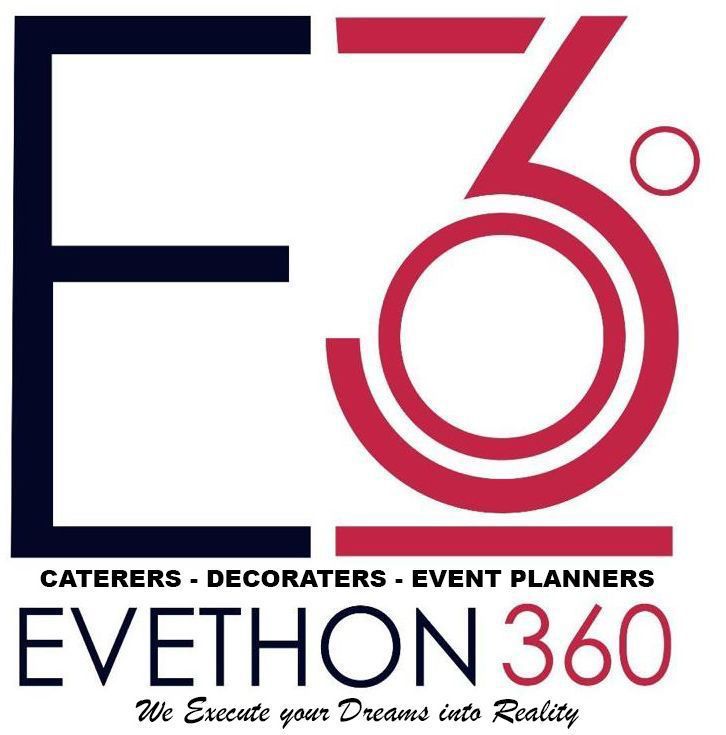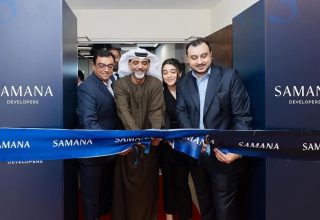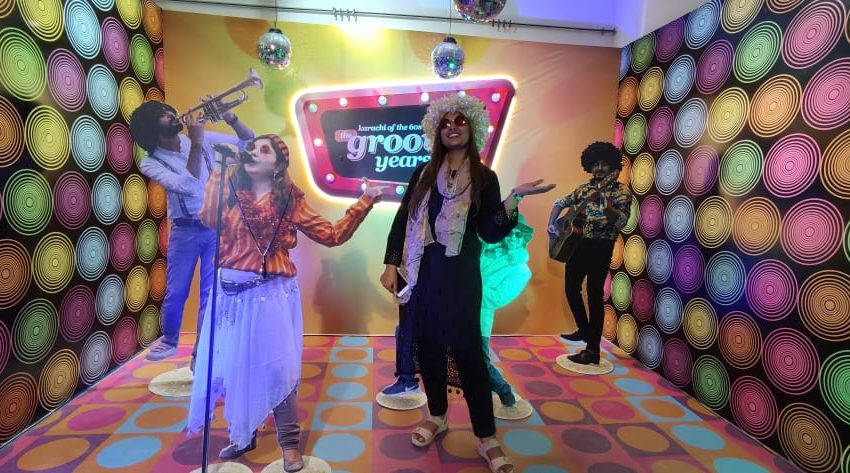
“Back in the 1960s and 70s, Karachi was the place to be! People living back then remember it as a different place, where children would play outside for hours. Women would go alone to see films, and doors remained open without fear,” tells Yasmeen Qazi, a resident of Karachi, in a video being played at TDF Ghar as part of an ongoing exhibition.
The exhibition “The Groovy Years: Karachi of the 1960s and 70s” presents a snapshot of Karachi’s cosmopolitan past to help current generation to learn about this chapter of the city’s history, the mix of cultures that it presented, and the kinds of lives that people lived over half a century ago.
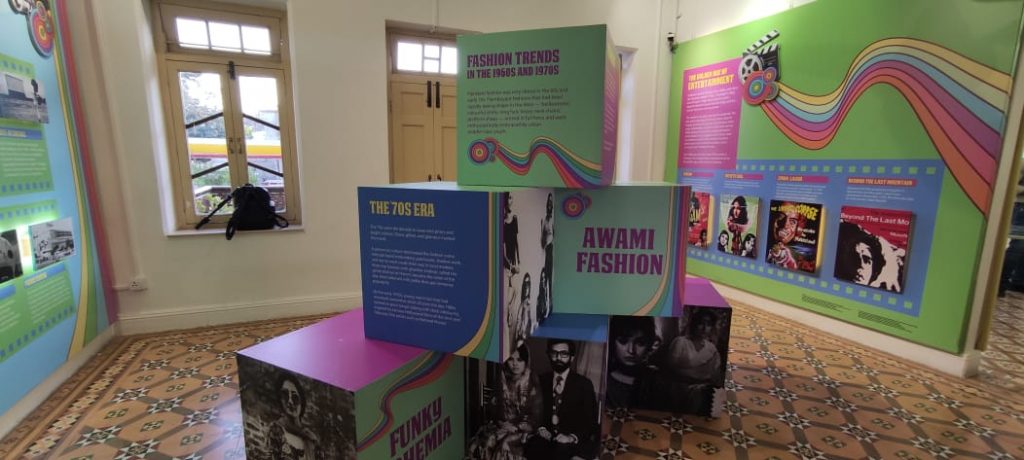
“With a vibrant nightlife, sprawling old bazaars, a thriving entertainment industry, and a distinct taste in fashion, the 1960s and 70s are often considered the golden decades of Karachi. Whether it be the construction of Quaid-e-Azam’s mausoleum, the arrival of The Beatles, or the Royal Visit, the time witnessed various historical moments.” said Sabrina Dawood, CEO of The Dawood Foundation.
During the 60s, the city was seen as an economic role model around the developing world, and there was much praise for the way its economy was progressing. The I.I Chundrigar Road was referred to as ‘Pakistan’s Wall Street’, and many reminisce that Karachi had the potential of becoming Asia’s New York.
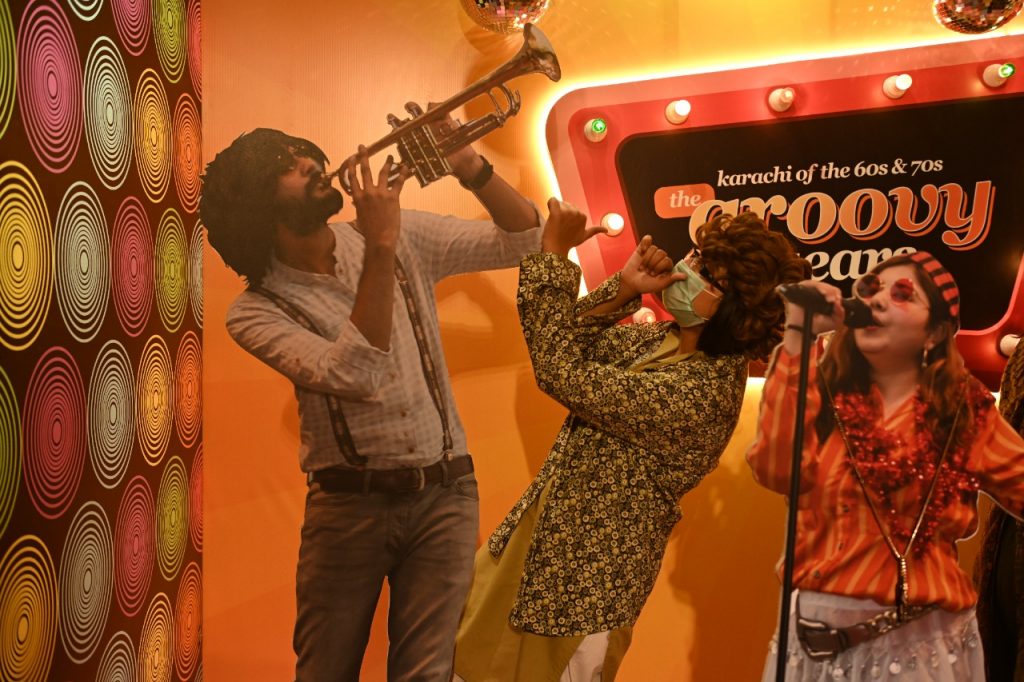
In those days, business, fashion, art, music, entertainment and lifestyles were fun and relaxed. For some, an average day would begin by hitting the road on their newly-released Vespa scooter or taking the tram. People would pass by busy restaurants, street hawkers, and cinemas showing the latest movies from all over the world. Couples would walk along Clifton beach at 1 a.m. without any fear.
“The exhibition features the nightlife of Karachi, with a focus on popular bands and nightclubs. A life-size stage is set up, and music from this time plays in the background to transport visitors to the nightclubs of the bygone years,” explains Hiba Zubairi, Senior Team Lead Programs at The Dawood Foundation.
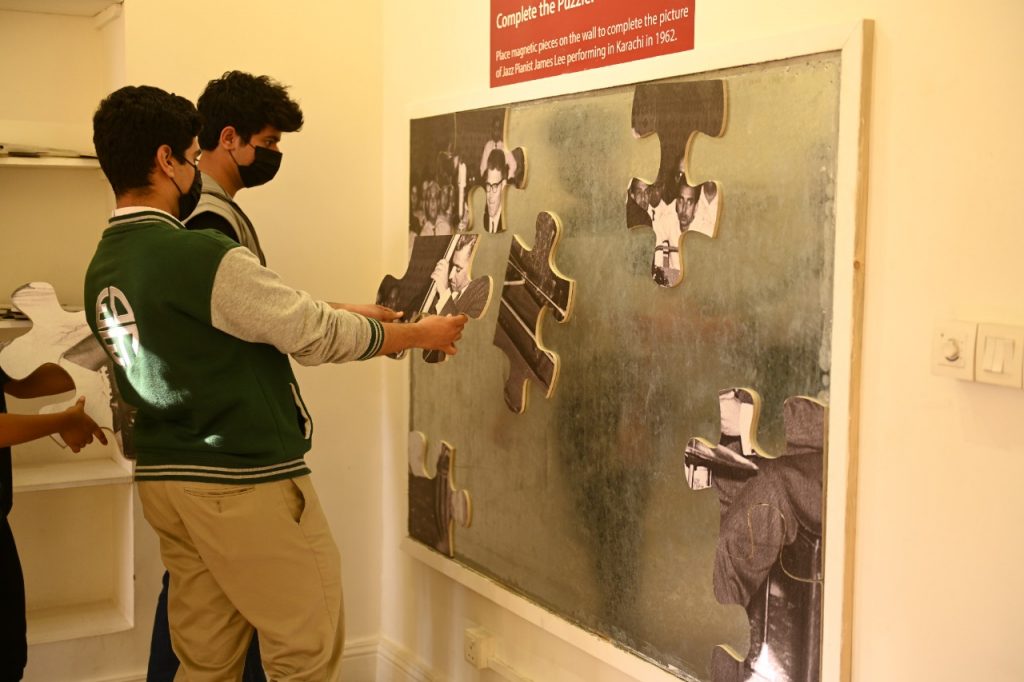
Another area is dedicated to the cinema, artists, and popular fashion trends to illustrate how entertainment’s golden age influenced everyday fashion. The role of Pakistan as a popular tourist destination is highlighted through an interactive puzzle featuring an international Jazz Player and a timeline of popular dignitaries that have visited Karachi.
Sabrina adds, “The exhibition allows all generations to come together – for grandparents to show Karachi of the past to their grandchildren, to experience it together.” ‘The Groovy Years: Karachi of the 60s and 70s’ is ongoing at TDF Ghar, from Tuesday to Sunday 10 am – 10 pm, at a ticket price of Rs 100.
rafiq@biztoday.news




